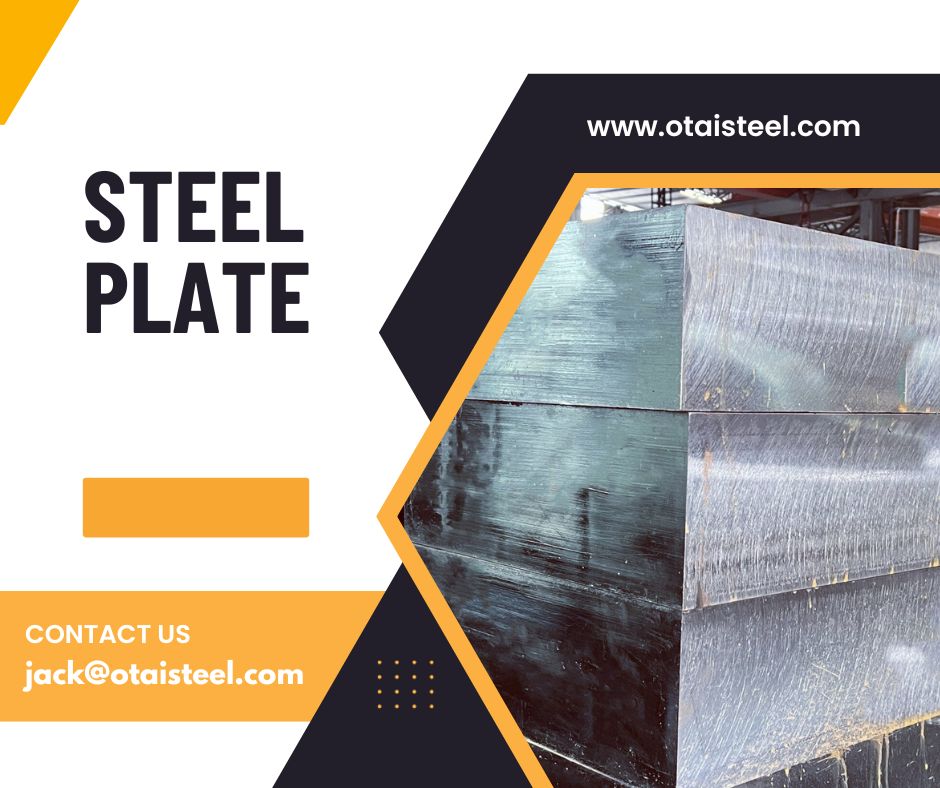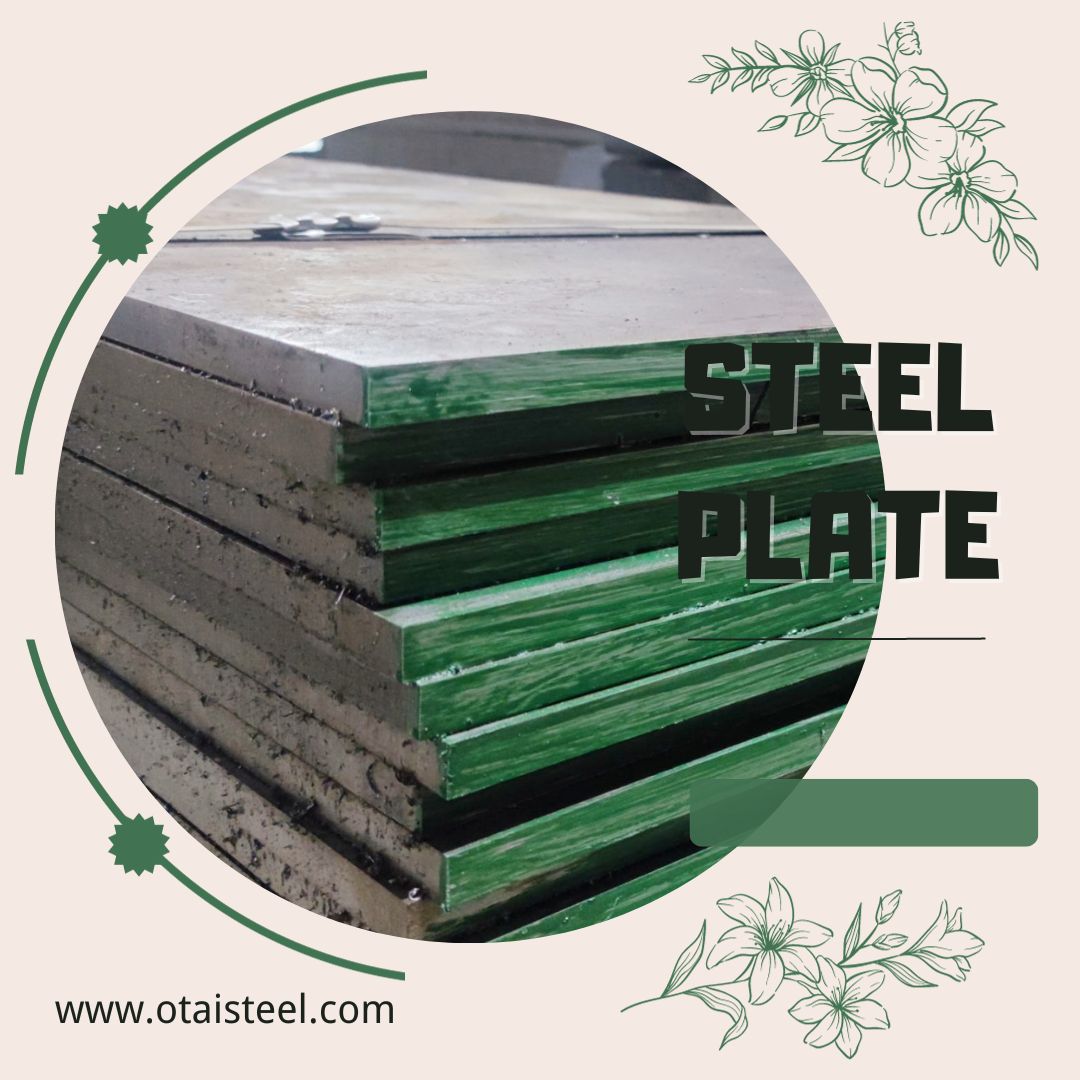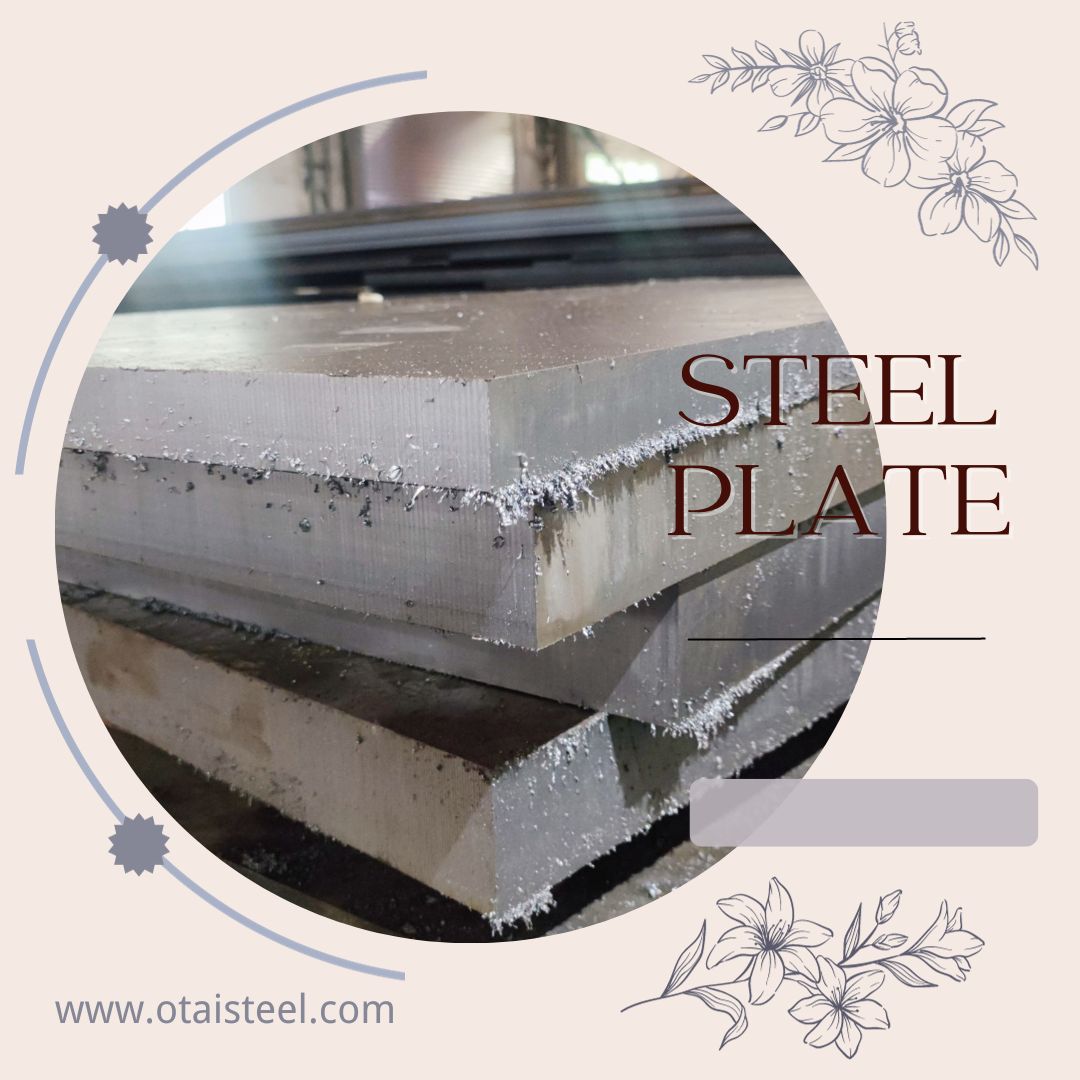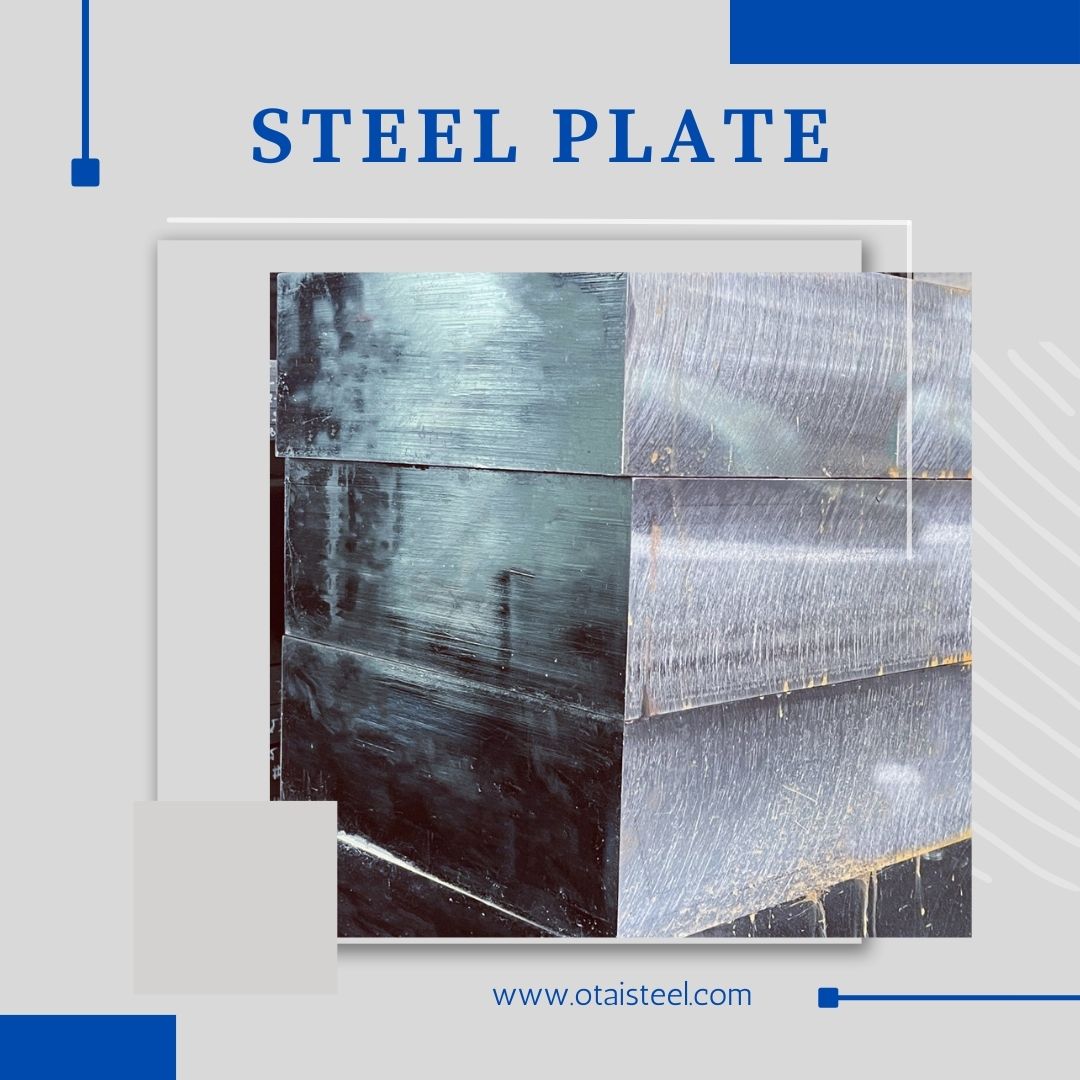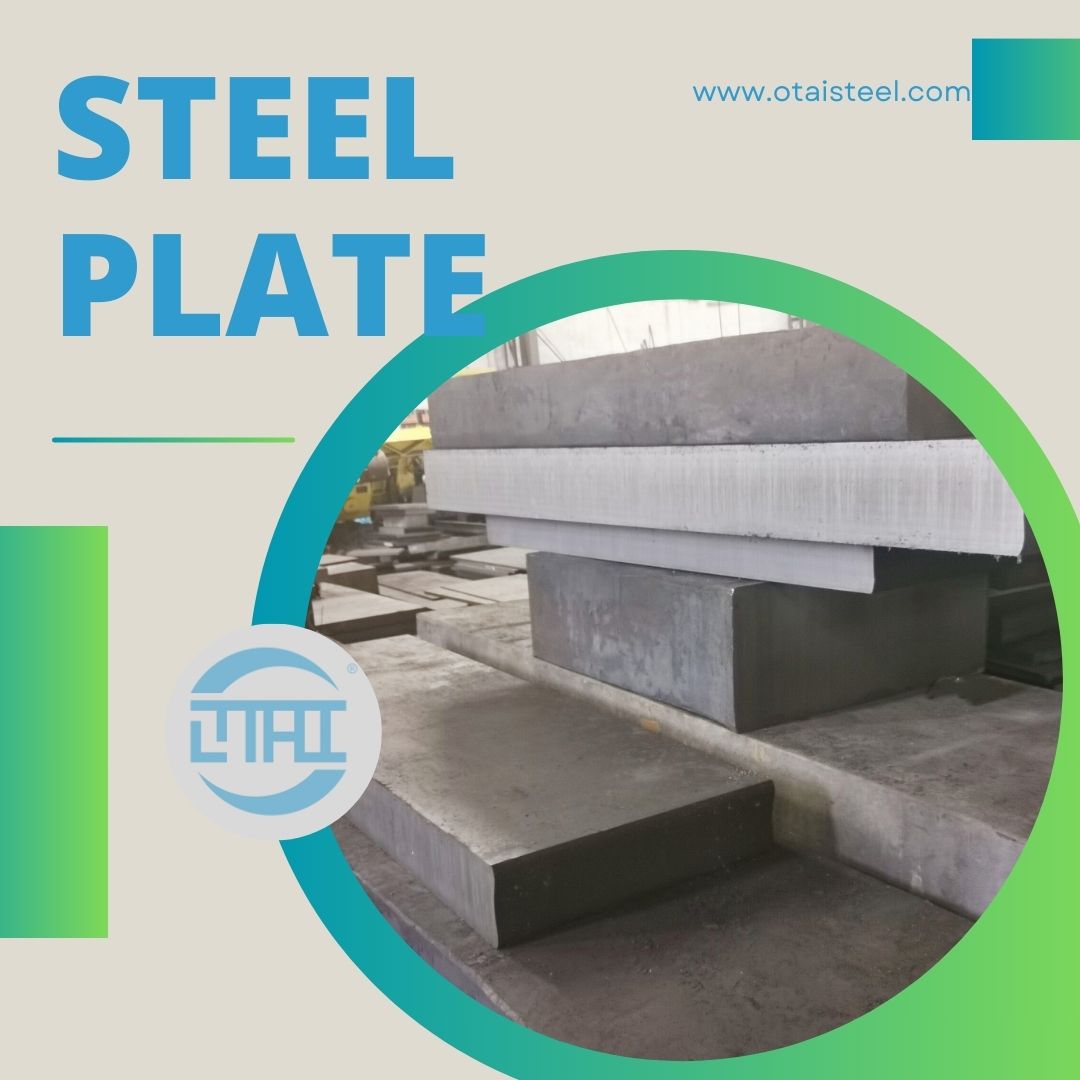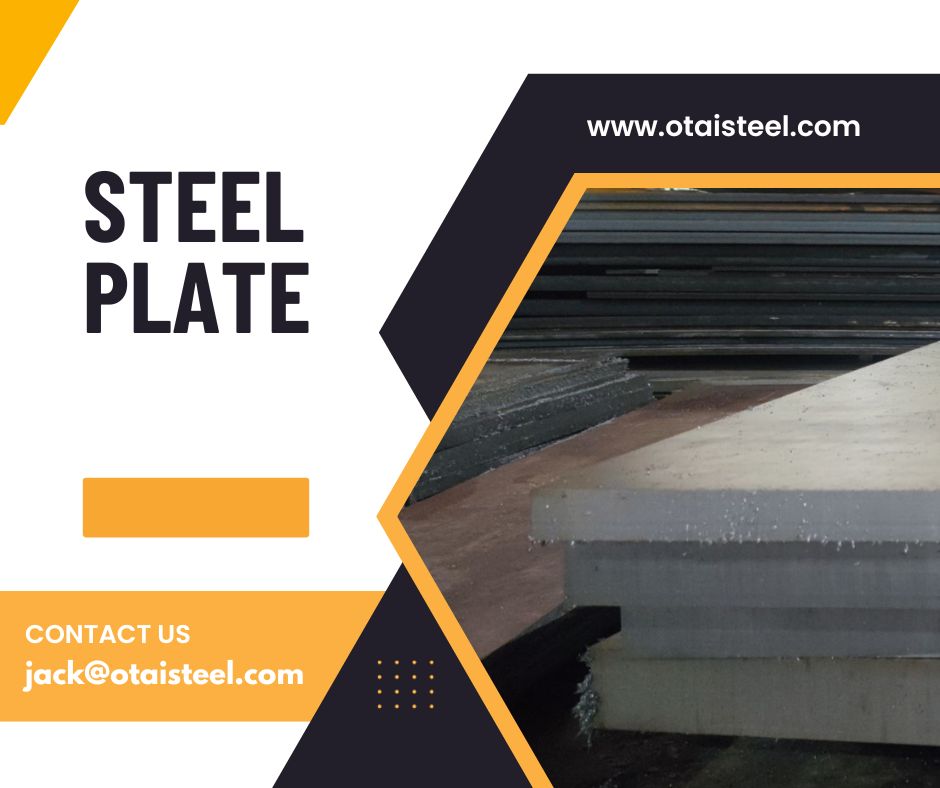 DIN 1.2316, a chromium-molybdenum steel, is engineered with precision to deliver a fine balance of corrosion resistance, hardness, and machinability. Its composition includes chromium for excellent hardness penetration and molybdenum for uniform hardness and heightened strength. DIN 1.2316 properties are tailored for applications demanding both durability and precision.
DIN 1.2316, a chromium-molybdenum steel, is engineered with precision to deliver a fine balance of corrosion resistance, hardness, and machinability. Its composition includes chromium for excellent hardness penetration and molybdenum for uniform hardness and heightened strength. DIN 1.2316 properties are tailored for applications demanding both durability and precision.
Applications Explored: Precision Across Industries
The versatile properties of DIN 1.2316 steel find expression across a spectrum of industries where precision is not just a requirement but a critical factor. From injection molding tools and die casting to extrusion dies and components for the medical industry. This tool steel showcases exceptional corrosion resistance and the ability to maintain a high polish finish. It’s a testament to its versatility in applications requiring both functional and aesthetic precision.
A Comparative Glimpse: DIN 1.2316 vs. Other Tool Steels
In the diverse family of tool steels, material steel 1.2316 stands out with its unique attributes. While sharing similarities with AISI 420 stainless steel, DIN 1.2316 differentiates itself with an elevated chromium content. Offering superior corrosion resistance and enhanced polishability. This makes it particularly well-suited for applications where a pristine surface finish is crucial.
Precision Machining: Crafting Excellence with DIN 1.2316 Steel
The craftsmanship of DIN 1.2316 truly shines during the machining process. Engineered to be relatively easy to machine in its annealed state, this tool steel provides manufacturers with the flexibility to craft intricate components with efficiency and precision. Its machinability, a result of thoughtful engineering, allows for the creation of finely detailed designs without compromising on strength.
Supplier Spotlight: Elevating Precision with OTAI
Choosing the right supplier is pivotal when it comes to sourcing tool steel for precision applications. Enter OTAI, a leading supplier of DIN 1.2316 steel, distinguished for:
- Ample Inventory: OTAI maintains a robust inventory of steel type 1.2316, ensuring a consistent supply throughout the year, with different thicknesses and lengths available for customization.
- Customization Expertise: The ability to customize orders according to unique specifications allows OTAI to meet the varied requirements of different applications.
- Reliability in Excellence: With a decade-long track record of zero quality event complaints and an impressive repeat order rate exceeding 80%. OTAI stands as a reliable partner for those seeking precision and excellence in tool steel.
Success Stories: Customer Testimonials
Real success stories add substance to the alloy’s narrative. Consider the case of David from Canada, seeking precision in a project that demanded specific specifications and a unique quantity of DIN 1.2316 steel. OTAI’s commitment to cooperation, customized specifications, and a seamless order process left a lasting impression, establishing a commitment to long-term collaboration.
